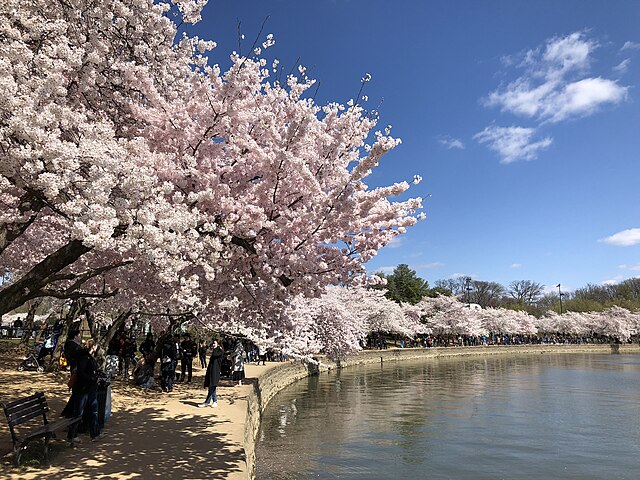As the leaves begin to turn and temperature cools down, Americans once again find themselves on the cusp of the biannual time change. This year, Daylight Saving Time (DST) is set to conclude on Sunday, November 3, 2024, at 2:00 A.M. local time. As we prepare to “fall back” and gain an extra hour of sleep, it’s worth examining this long-standing practice, its impacts, and the ongoing debate surrounding its future.
The Mechanics of the Time Change
For most of the United States, the end of DST means turning clocks back one hour. This ritual, often summarized by the phrase “spring forward, fall back,” has been a part of American life for decades. The practice officially began in 1918 as an energy-saving measure during World War I, though it has undergone several changes since then.
Current regulations, established by the Energy Policy Act of 2005, dictate that DST begins on the second Sunday of March and ends on the first Sunday of November. This year, DST began on March 10 and will conclude on November 3.
Not All States Participate
It’s important to note that not all parts of the U.S. observe DST. Hawaii and most of Arizona (with the exception of the Navajo Nation) maintain standard time year-round. Additionally, several U.S. territories, including American Samoa, Guam, the Northern Mariana Islands, Puerto Rico, and the U.S. Virgin Islands, do not participate in the time change.
The reasons for non-participation vary. Arizona, for instance, opted out due to its desert climate, reasoning that an extra hour of daylight during the hottest months was unnecessary. Hawaii’s proximity to the equator results in minimal daylight variation throughout the year, making DST less relevant.
Similar Posts
Health and Economic Impacts
The twice-annual time change has been a subject of ongoing debate, with proponents and critics citing various impacts on health, energy consumption, and economic productivity.
Sleep experts have long questioned the health implications of DST. Dr. M. Adeel Rishi, chair of the American Academy of Sleep Medicine (AASM) Public Safety Committee, states, “By causing the human body clock to be misaligned with the natural environment, daylight saving time increases risks to our physical health, mental well-being, and public safety.”
The AASM has been advocating for a switch to permanent standard time for several years. Dr. James A. Rowley, president of the AASM, explains, “Permanent standard time helps synchronize the body clock with the rising and setting of the sun. This natural synchrony is optimal for healthy sleep, and sleep is essential for health, mood, performance, and safety.”
Economic impacts are also a consideration. While DST was originally implemented to save energy, studies on its effectiveness in this regard have been inconclusive. Some businesses, particularly those in the retail and recreation sectors, have traditionally supported DST for the extended evening daylight it provides during summer months.
Legislative Efforts and Public Opinion
In recent years, there has been a push to end the practice of changing clocks twice a year. In 2022, the U.S. Senate unanimously passed the Sunshine Protection Act, a bill that would have made daylight saving time permanent. However, the bill stalled in the House of Representatives and was not signed into law.
Public opinion seems to favor ending the time changes. A 2023 survey by YouGov found that 62% of respondents would like to see the twice-a-year time changes go away. This sentiment reflects a growing frustration with the disruption caused by the biannual shifts.
Despite this public sentiment and legislative efforts, the practice continues. As of 2024, 19 states have passed bills to end the practice of switching clocks, but these can only go into effect if federal law changes.
Technological Considerations
In our increasingly digital world, the time change has become less burdensome for many. Smartphones, computers, and many smart home devices automatically adjust for DST, reducing the manual effort required. However, this technological ease may mask the underlying disruption to our biological rhythms.
Global Perspective
The United States is not alone in grappling with DST. Many countries around the world observe some form of daylight saving time, though the dates and durations vary. In recent years, some nations have chosen to abolish the practice altogether, citing concerns similar to those raised in the U.S.
Looking Ahead
As we approach the end of DST for 2024, the debate over its future continues. While the extra hour of sleep in November is often welcomed, the broader impacts of the biannual time change remain a point of contention.
For now, Americans in most states should prepare to set their clocks back on November 3. Whether this practice will continue in the years to come remains to be seen, as legislators, health experts, and the public continue to weigh the costs and benefits of this long-standing tradition.
As we navigate this year’s time change, it’s clear that the discussion around DST is far from over. Whether advocating for permanent standard time, year-round DST, or maintaining the status quo, stakeholders on all sides of the issue continue to make their voices heard. As we turn back our clocks this November, many will be wondering if this ritual will someday become a relic of the past.
















